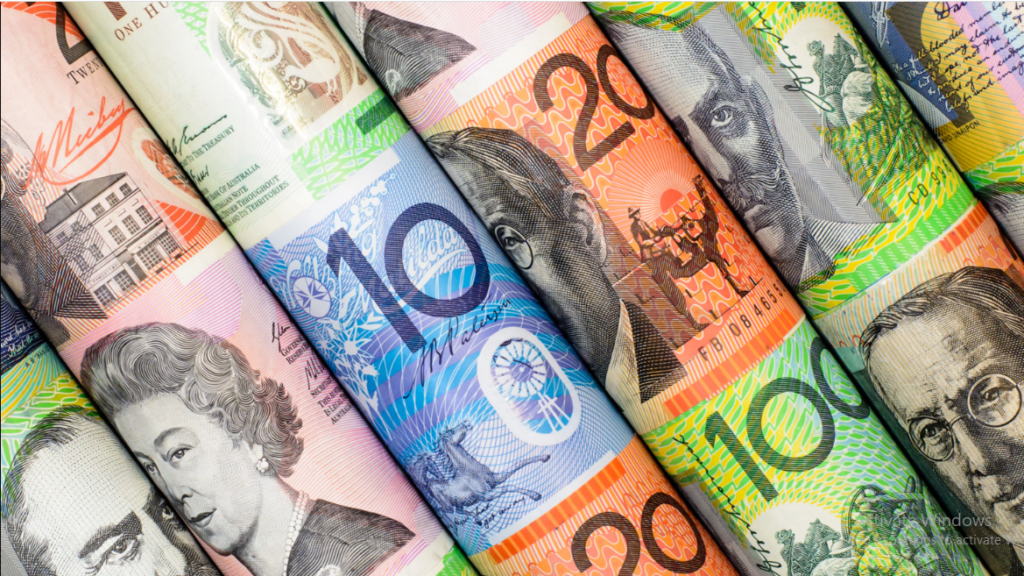The AUD/USD pair attracted fresh buying near the 0.6660 area on Thursday and built on its steady intraday ascent through the early part of the European session. The momentum lifts spot prices to a one-week high, around the 0.6820 regions in the last hour, though any meaningful upside still seems elusive.
The upbeat market mood – as depicted by the ongoing rally in the global equity markets – prompts some selling around the safe-haven US Dollar (USD) and is a key factor lending support to the AUD/USD pair.
Against the backdrop of easing fears of a widespread banking crisis, hopes for a strong economic recovery in China boost investors’ appetite for riskier assets and benefit the China-proxy Australian Dollar. China’s Premier Li Qiang, speaking at the Boao Forum, promised more stimulus to boost domestic spending and reforms that can help stimulate growth.
That said, worsening US-China relations and the prospect of an imminent pause in the Reserve Bank of Australia’s (RBA) rate hikes might hold back bulls from placing aggressive bets around the AUD/USD pair.
The markets have been scaling back their bets for further policy tightening by the RBA amid signs that inflation had peaked and economic growth was cooling. The expectations were reinforced by the latest Australian consumer inflation figures released on Wednesday, which showed that the headline CPI decelerated to an eight-month low in February.
Furthermore, the RBA recently warned that the path to a soft landing for the Australian economy remained narrow. Apart from this, speculations that the Federal Reserve (Fed) will move back to its inflation-fighting interest rate hikes could revive the USD demand and further contribute to capping the upside for the AUD/USD pair. Even from a technical perspective, last week’s repeated failures near the very important 200-day Simple Moving Average (SMA) warrants some caution for aggressive bullish traders before positioning for any further near-term appreciating move.
Market participants now look to the US economic docket, featuring the release of the final Q4 GDP print and the usual Weekly Initial Jobless Claims later during the early North American session. This and the broader risk sentiment will influence the USD price dynamics and provide some impetus to the AUD/USD pair. The focus, however, will remain glued to the Fed’s preferred inflation gauge – the Core PCE Price Index – due on Friday.

